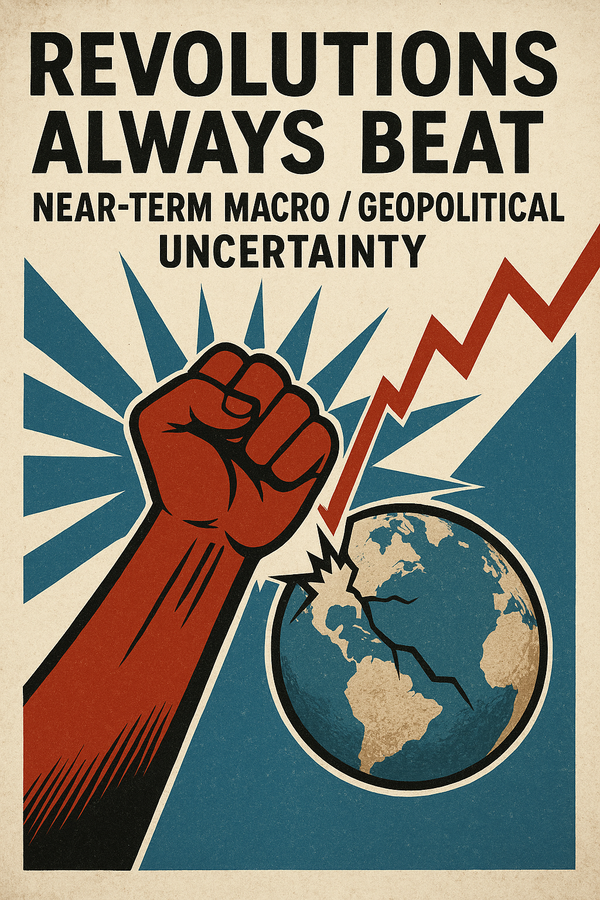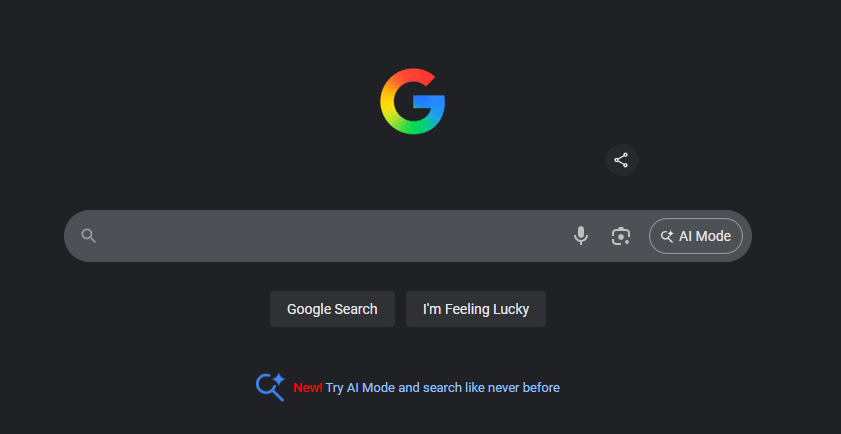What you don’t see can hurt you
Ann: Nothing’s what I thought it was. John’s a bastard. Let’s make a videotape.
Graham: No, I… ahem… I don’t think that’s a good idea.
Ann: Why not?
Graham: Because I don’t think it’s a choice that you’d make in a normal frame of mind.
Ann: And what would you know about a normal frame of mind? – Sex, Lies and Videotape (1989)
Let’s talk darkness, economic lies and videotape as we put some perspective on many important economic trends that every investor must deal with. That is, for all the many, many economic imbalance, crises and geopolitical issue headlines we read every day, there’s a whole lot more to the world than they see. Let’s give some baseline economic numbers here so you can see just how big the “non-real” economy has become in your lifetime.
The US GDP is about $16 trillion a year. The reported US Treasury Debt is about $17 trillion. Federal tax revenues are about $3.5 trillion a year. After tax earnings and income in the economy, including corporate and small/medium size enterprises is probably about $3 trillion.
Then there’s the shadow banking industry. Shadow banking is the under-the-radar financial industry that includes hedge funds, money market funds, structured investment vehicles, exchange-traded funds, credit hedge funds, private equity, and so on. It’s a growth industry, as the regulations get ever more convoluted and the regulators get ever more captured. The Financial Stability Board has estimated in reports that the shadow banking system has grown from $25 trillion to over $70 trillion next year.
And we shouldn’t overlook the shadow economy. The OECD reports that nearly half of all workers on the planet work in the “shadow economy” like being paid in cash, doing exchanges under the table, and so on. That means that while there’s 75 million workers here in the US, there’s more than a billion more (or at least 12x as many) workers who are flying under every government’s reported economy. And globally speaking there’s a shadow economy that makes up nearly 50% of the reported economy, which makes the global shadow economy at least $40 trillion in size annually. The US shadow economy is widely estimated to be at least $2 trillion annually.
Off-balance sheet tricks like “synthetic leases” and other nonsensical items are another major under-reported issue. In 2010, the latest year I can find figures for, Citigroup for example had nearly $1 trillion of this type of “off-balance sheet” debt that might or might not be accurate anyway, given that it’s officially “not on the balance sheet”. Multiply that $1 trillion per bank for the other biggest ten banks in the US and you get $10 trillion.
Unfunded obligations of pension funds and contracts of municipalities, counties, states, nations and so on. In the US alone, those “unfunded obligations”. Medicare Trustees Board estimates that the net present value of the unfunded liability of Medicare is about $40 trillion right now. The comparable balance sheet liability for Social Security is $20.5 trillion. Total unfunded state pension liabilities in the US totals more than $3 trillion according to numbers from both JPMorgan and Biggs.
Derivatives and unregulated special vehicles of debt bundling is bigger than all of this stuff combined. According to the US Office of the Comptroller of the Currency, the total US bank notional derivatives exposure increased $8.5 trillion to $231.6 trillion as of the end of last year.
Let’s add up those non-official but nonetheless very real economic numbers and you get at:
- $70 trillion (US shadow banking)
- $2 trillion (US shadow economy)
- $10 trillion (off balance sheet US bank debt)
- $65 trillion (unfunded US public pensions and SS and Medicare)
- $231 trillion (notional derivatives exposure from US banks)
That’s $378 trillion. That is $378,000,000,000,000.
Even if there were no $378 trillion of shadow economy stuff out there to worry about, the current reported economic imbalances and debt problems alone are going to crush us at some point. There’s little doubt in my mind that the US dollar, economy, and the current financial and tax regime that we live under is broken already and will have to completely reset at some point in my lifetime. The question is when, not if.
These numbers were already crazy five years ago when the DJIA was just over 1/3 its current quote. These numbers were crazy already back in 2002 when the Nasdaq bottomed and then tripled. The question is what will catalyze the change. In the meantime, there are clear trends that these crazy numbers contribute to such as the ongoing stock market bubble blowing bigger and physical gold and silver ownership and tech revolutions that we have been in front of that will continue.
I’ve seen hundreds of brilliant money managers, economists, TV pundits and every other flavor of investor go broke fighting the very trends we’re riding. They focus on the absolute numbers rather than the trends those numbers and the policies behind them are dictating. We will need to remain vigilant and continue to prepare for revolutions of the good and the bad kind. Both happen and both will happen in our lifetimes. Revolution Investing is more key now than ever.
And remember the size of these very real and important economic numbers the next time you hear some dolt on TV drone on about the coming fiscal debt ceiling crisis which comprises a few score of billions of dollars in negotiations between these Republican/Democrat folk. A $100 billion negotiation would be equal to 0.026% of the $378 trillion we just looked at.




